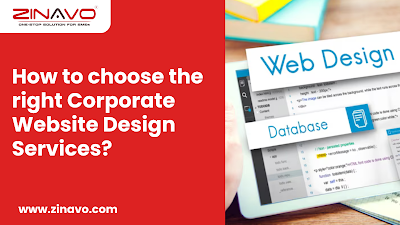Digital marketing is a constantly evolving field, and marketers need to stay ahead of the curve and keep up with the latest trends. As we look ahead to 2024, there are several key trends that are expected to shape the future of digital marketing. In this blog post, we'll take a closer look at some of these trends and explore what they could mean for marketers.
1. Increased Personalization
One of the biggest trends that is expected to shape the future of digital marketing is increased personalization. Consumers are demanding more personalized experiences, and marketers are responding by using data to create more targeted and relevant marketing campaigns.
Personalization can take many forms, from personalized email marketing campaigns to personalized product recommendations based on a customer's browsing history. The key is to use data to understand your customers' needs and preferences, and then use that data to create personalized experiences that resonate with them.
2. Artificial Intelligence
Artificial intelligence (AI) is becoming an increasingly important tool for marketers. AI can be used to automate tasks, analyze data, and personalize experiences. For example, AI-powered chatbots can be used to provide customer service 24/7, while AI-powered analytics tools can be used to identify patterns in customer data and provide insights that can inform marketing strategy.
As AI technology continues to advance, it's likely that we'll see even more innovative uses of AI in the digital marketing space.
3. Voice Search Optimization
As more and more people use voice assistants like Siri and Alexa, marketers will need to optimize their content for voice search to ensure they remain visible to potential customers. This means thinking carefully about the keywords and phrases that customers are likely to use when performing voice searches, and optimizing content accordingly.
Voice search optimization is still a relatively new field, but it's likely to become increasingly important in the coming years as more and more people turn to voice assistants for information and assistance.
4. Augmented Reality
Augmented reality (AR) is already being used in marketing campaigns to create immersive experiences for customers, and it's expected to become even more prevalent in the coming years. AR technology allows marketers to create virtual experiences that bring products and services to life in new and exciting ways.
For example, a furniture retailer might use AR to allow customers to visualize how a piece of furniture would look in their home before making a purchase. As AR technology continues to advance, it's likely that we'll see even more innovative uses of AR in the digital marketing space.
5. Video Marketing
Video continues to dominate as one of the most effective forms of content marketing, and it's expected to become even more important in the future. Marketers are utilizing video strategy to tell stories, to show products, and build brand awareness.
In the coming years, we're likely to see even more creative uses of video in the digital marketing space, as marketers look for new and innovative ways to engage with their audiences.
6. Influencer Marketing
Influencer marketing has become a major part of many brands' marketing strategies, and it's expected to continue to grow in popularity in the years to come. Influencers can be used to promote products and services, build brand awareness, and reach new audiences.
However, as influencer marketing becomes more mainstream, it's important for marketers to be careful about how they approach it. Consumers are becoming increasingly savvy about influencer marketing, and they're quick to spot inauthentic or insincere promotions.
7. Privacy and Data Security
With growing concerns over data privacy and security, marketers will need to be more transparent about their data collection practices and take steps to protect customer data. This means being clear about what data is being collected, how it's being used, and who it's being shared with.
Marketers will also need to take steps to ensure that customer data is stored securely and protected from cyber threats. This is especially important as more and more transactions take place online, and customers become increasingly reliant on digital channels to interact with brands.
Conclusion:
The future of digital marketing is likely to be shaped by a number of key trends, from increased personalization to the growing importance of privacy and data security. By staying ahead of these trends and adapting their marketing strategies accordingly, marketers can ensure that they remain competitive and continue to reach and engage with their target audiences. As a digital marketer, it's important to stay ahead of the curve and keep up with the latest trends shaping the industry.
If you are interested to know more about this topic you can visit our website www.zinavo.com









